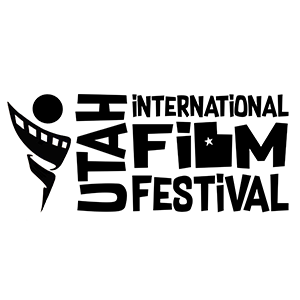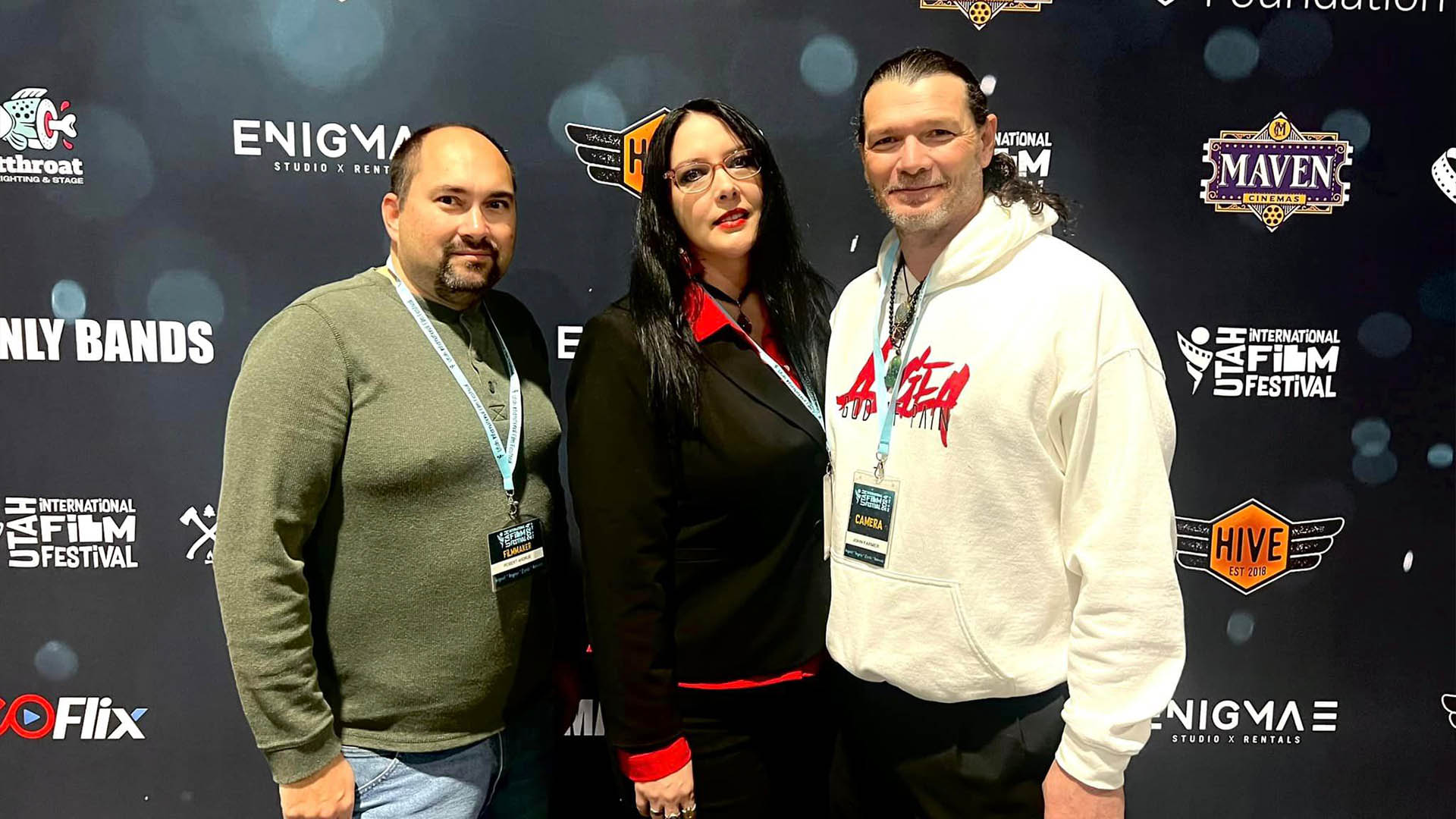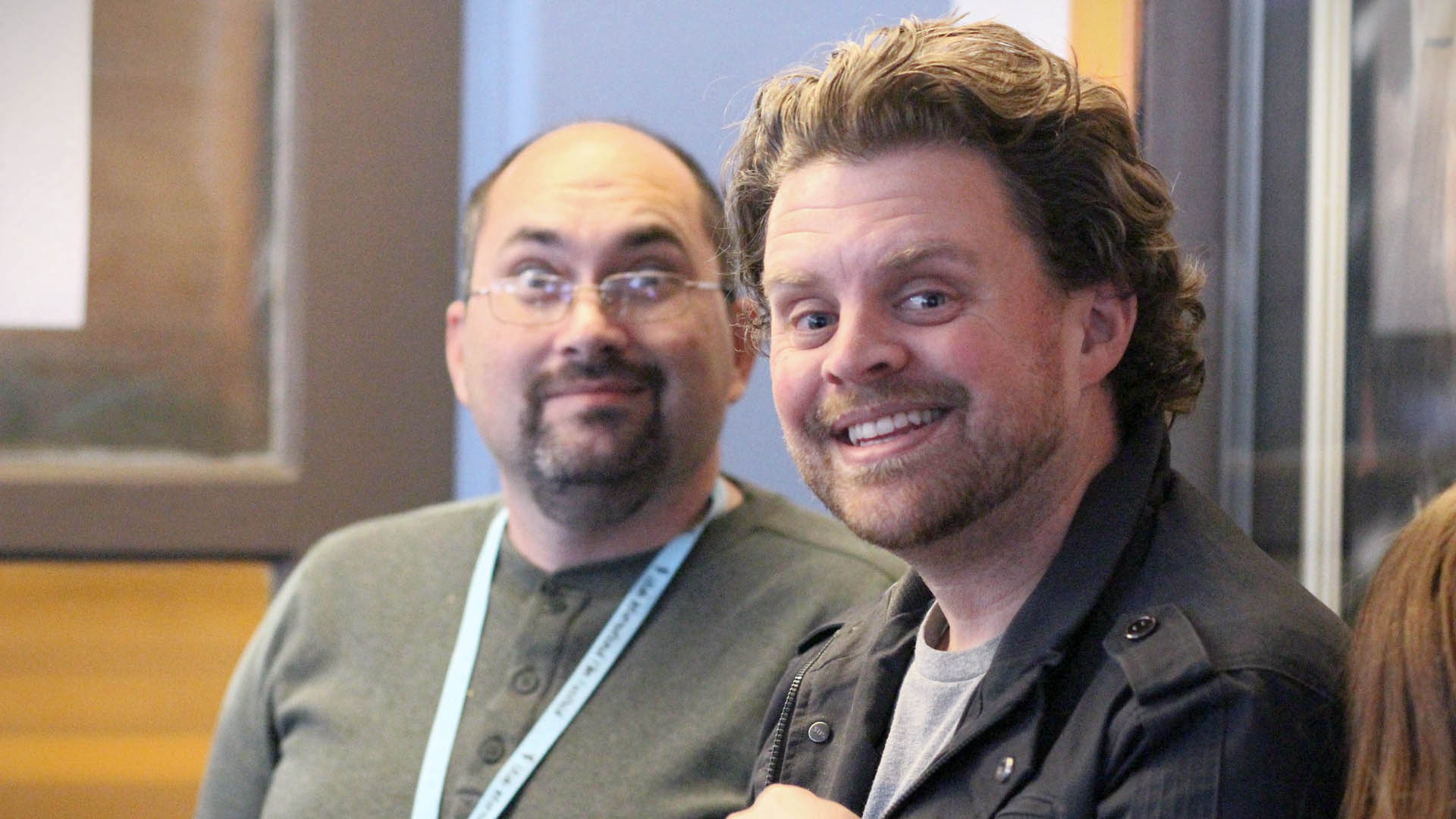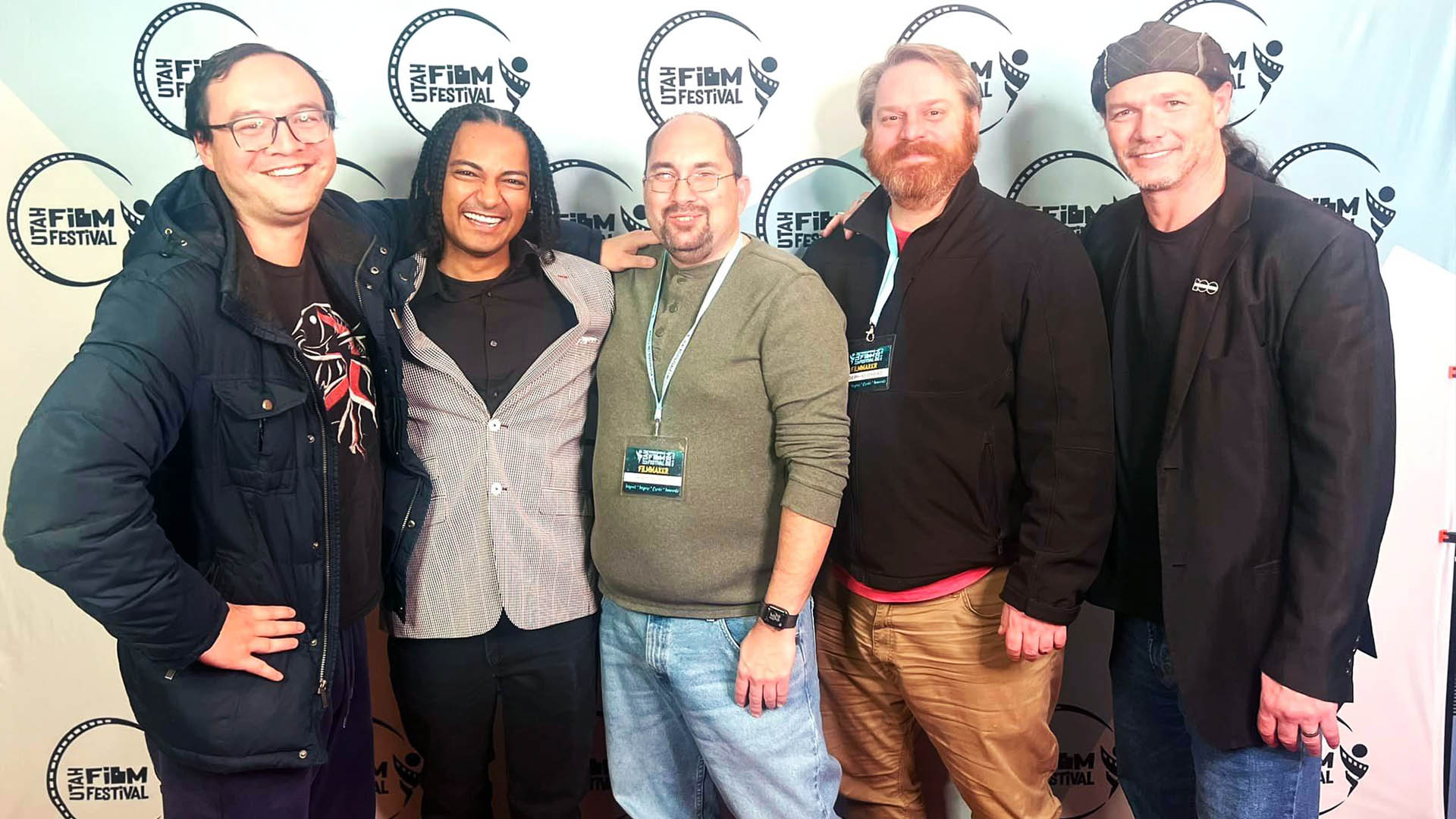How a Good DIT can Save a Movie – Robert Andrus
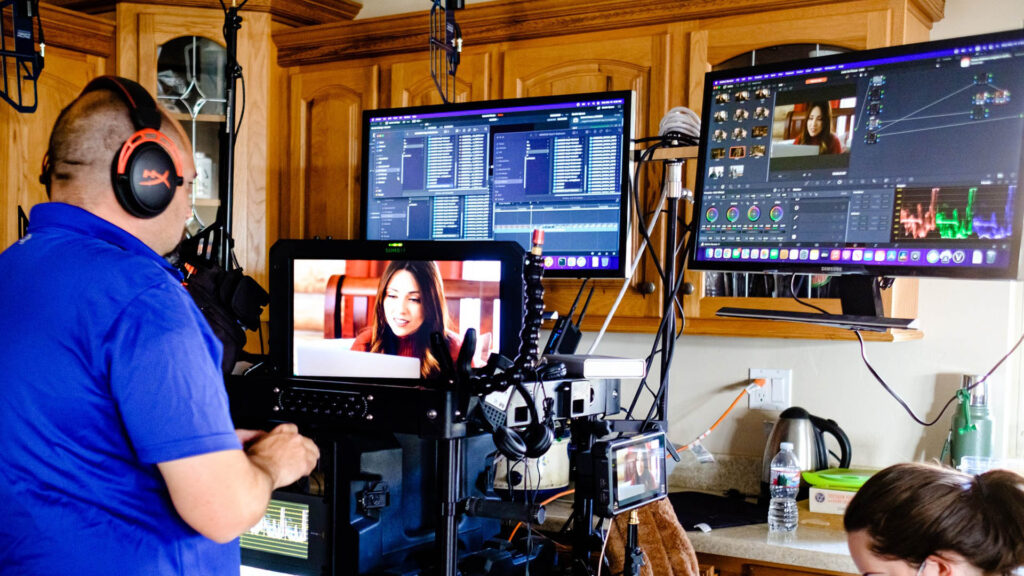

“That’s A Wrap” are three of the best words uttered on a film set. It signals the conclusion of months (sometimes years) of development, pre production and production. Hundreds of thousands of dollars (if not millions) are spent on the production and all that is left are the memories and a hard drive where all the video and audio is stored. That hard drive represents all that hard work and money in one little box.
This lead to my conversation with Robert Andrus, a local filmmaker with the feature film “Love in Focus” an official selection of the Utah International Film Festival. Andrus has a over two decades of experience in production with immense experience as a DIT also knowns as a Digital Imaging Technician.
Andrus reminisces about his entry into the film industry over 20 years ago, initially studying physics but finding his passion sparked by a roommate’s proposition to produce a short film. “I didn’t even know what a producer did,” Andrus admits, reflecting on his unconventional start. However, this venture ignited a lasting fascination with film production, leading him to navigate various technical roles while exploring his newfound passion.
Drawing from his background in acoustics and technical expertise, Andrus found his niche in the realm of DIT. Explaining the multifaceted responsibilities of a DI T, Andrus elucidates its three primary components: data management, camera settings, and video tape recording (VTR). “DIT is the heart of the movie,” Andrus asserts, emphasizing its pivotal role in ensuring the integrity of data and facilitating seamless production workflows.
One of the key contributions of a DIT, as Andrus highlights, lies in providing assurance throughout the production process. By meticulously managing data, conducting on-set color grading, and facilitating real-time playback with synced audio, a DIT instills confidence in the filmmaking team. “You know what you’ve shot, and you are less likely to need reshoots,” Andrus explains, underscoring the cost-saving benefits of proactive data management.
Reflecting on past experiences, Andrus recounts instances where his expertise proved invaluable in averting potential setbacks. From preemptively addressing data loss concerns to expediting the editing process through real-time uploads, Andrus exemplifies the proactive approach of a seasoned DIT. “It’s not just about saving money; it’s about ensuring a smooth production journey,” Andrus affirms, emphasizing the holistic value of his role.
The conversation encapsulates the indispensable role of a DIT in modern filmmaking, transcending conventional perceptions of technical support to become a cornerstone of production efficiency and quality assurance. As Andrus concludes, “I’ve never lost a frame of footage that made it to me,” a testament to the unwavering dedication of professionals like him in preserving the essence of cinematic storytelling.
In an industry driven by innovation and collaboration, the role of a DIT emerges as a linchpin in film production, ensuring that every frame captured on camera finds its rightful place in the cinematic narrative.
As we wrapped up our conversation Andrus leaves a resounding message for aspiring filmmakers and industry professionals alike: “Master the art of data, and you hold the key to unlocking the full potential of your cinematic vision.”
With these words echoing in the studio, the legacy of Robert Andrus and his fellow DITs continues to shape the future of filmmaking, one frame at a time.
If you would like to connect with Robert Andrus about DIT services for your production you can reach out to him at robertandrus@gmail.com
